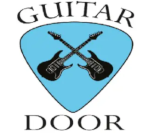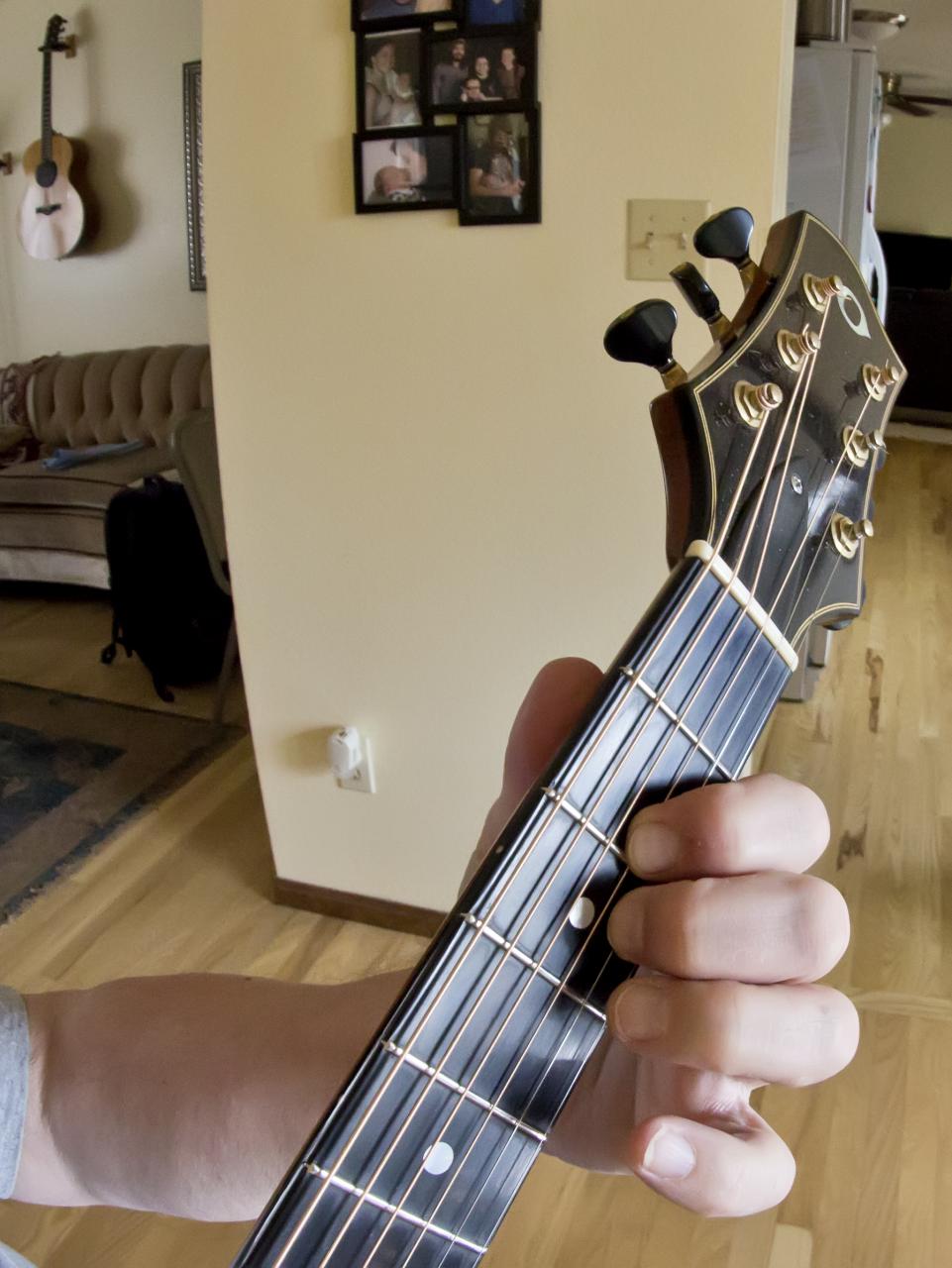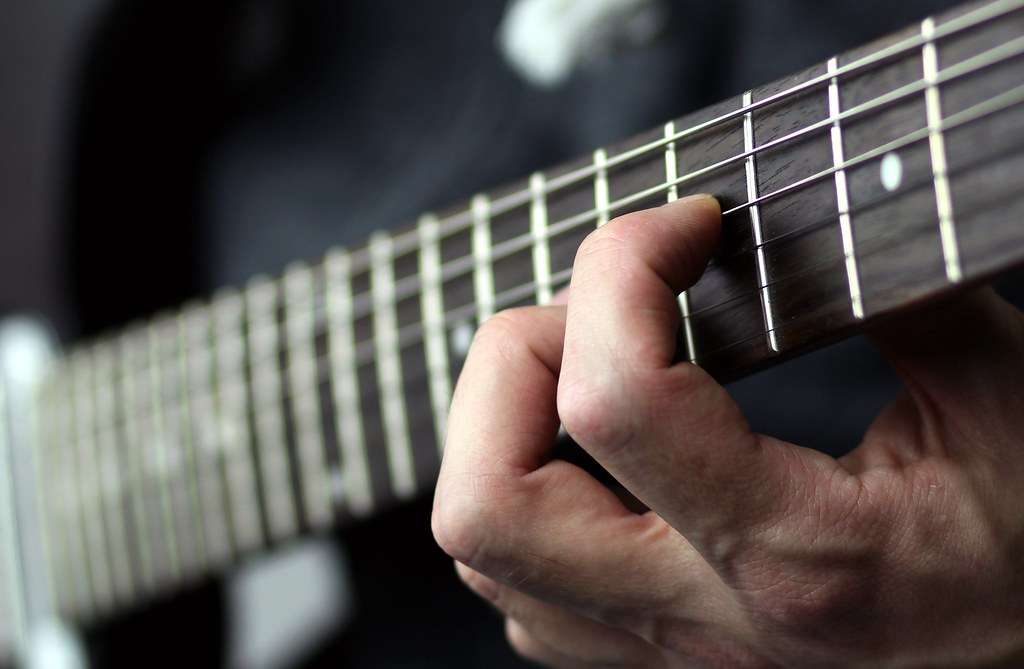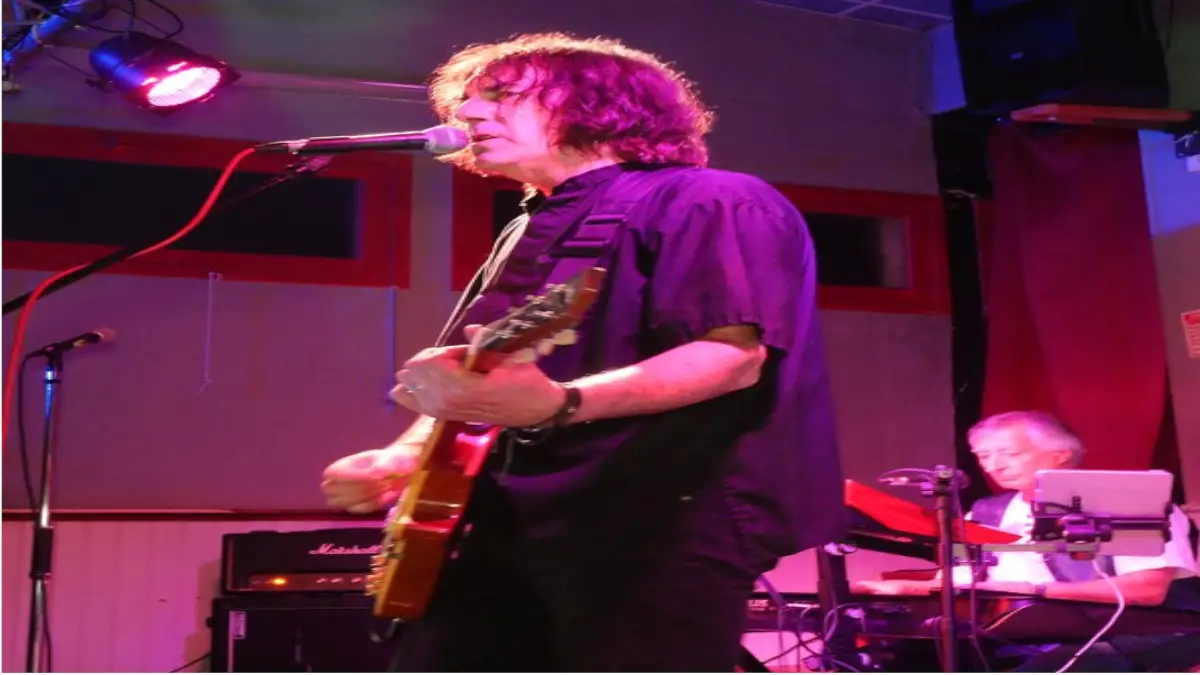When you want to Hit Different Guitar Chords easily while Learning guitar it can feel like climbing a mountain when you’re just starting out and even after you have memorised the chord shapes on guitar. Those chord shapes, tricky finger placements, and smooth transitions might seem daunting, but don’t worry—everyone starts somewhere! This guide is designed to make learning guitar chords easy, fun, and frustration-free.
By the end of this post, you’ll have practical tips, some beginner-friendly chord shapes, and a solid foundation to keep your strumming journey strong.
1. The Basics of Chords: Where to Start
Chords are the building blocks of most songs. For beginners, it’s best to start with the “open chords.” These chords are simple, require fewer fingers, and are often the first steps in creating beautiful music.
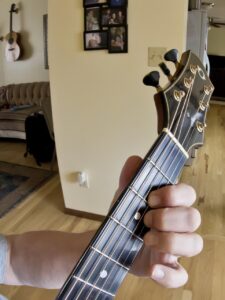
Here are five beginner-friendly chords to learn first:
- C Major
- G Major
- D Major
- E Minor
- A Minor
These chords work great together, and many popular songs use them in different combinations.
Video Recommendation 1: Basic Open Chords for Beginners
This video breaks down how to play each chord slowly and clearly, perfect for visual learners.
2. Practice Tips for Hitting Chords Easily
Struggling to get your fingers in the right place? That’s normal! Here are a few tips to speed up the process:
- Start Slow: Focus on one chord at a time. Play it until it feels natural, then move to the next.
- Use a Metronome: Practicing chord changes in time helps you build rhythm and consistency.
- Finger Strength Exercises: Pressing the strings repeatedly builds the dexterity and strength you need for clear chords.
Pro Tip: Keep your fingers close to the fretboard and press just hard enough to avoid buzzing.
3. Mastering Smooth Transitions Between Chords
Switching from one chord to another is a common pain point for beginners. Here’s how to make it smoother:
- Anchor Fingers: Keep one finger on the same string as you transition (e.g., from G to D, your ring finger can stay in place).
- Practice Common Progressions: Focus on sequences like G-C-D or E-A-D. These patterns are widely used in songs.
- Use “Cheat” Versions: Many chords have simplified forms. For example, a G chord can be played with just two fingers at first.
Video Recommendation 2: How to Transition Chords Smoothly
This video shows real-time examples of how to switch between chords without losing rhythm.
4. Strumming Simplified
Once you’re comfortable with chords, adding rhythm brings your playing to life. Start with basic downstrokes, then add upstrokes for a more dynamic sound.
Here’s a beginner-friendly strumming pattern to try:
D-D-U-U-D-U
(D = Down, U = Up)
Practice this pattern while playing your chords slowly. Once it feels natural, you can experiment with different rhythms.
5. Play Your First Song
One of the quickest ways to feel accomplished is by playing a simple song. Here are three songs that use only beginner chords:
- “Horse with No Name” (Em, D)
- “Stand By Me” (G, Em, C, D)
- “Knocking on Heaven’s Door” (G, D, Am, C)
Start slow, focus on the transitions, and don’t worry if it’s not perfect. Progress happens with time.
Video Recommendation 3: Play Your First Song with Easy Chords
This tutorial walks you through a full beginner song step by step.
6. Staying Motivated
Learning guitar is a journey, not a race. Some days will feel easier than others, and that’s okay! Here are a few ways to keep yourself motivated:
- Set Small Goals: Master one chord each week.
- Celebrate Wins: Got a clean chord? Nailed a transition? Celebrate it!
- Join a Community: Connect with other beginners online or locally for encouragement.
7. Troubleshooting Common Problems
Buzzing Strings: Check if you’re pressing hard enough and near the fret.
Muted Strings: Ensure fingers aren’t accidentally touching other strings.
Sore Fingers: This is normal for beginners! Play for short periods and let your fingertips build calluses.
Conclusion: You’re on Your Way!
Learning guitar chords doesn’t have to be overwhelming. With consistent practice and the tips in this guide, you’ll be hitting chords effortlessly in no time.
Remember, every guitarist starts as a beginner. Stay patient, enjoy the process, and let the music guide you.
Now, grab your guitar and start strumming!
